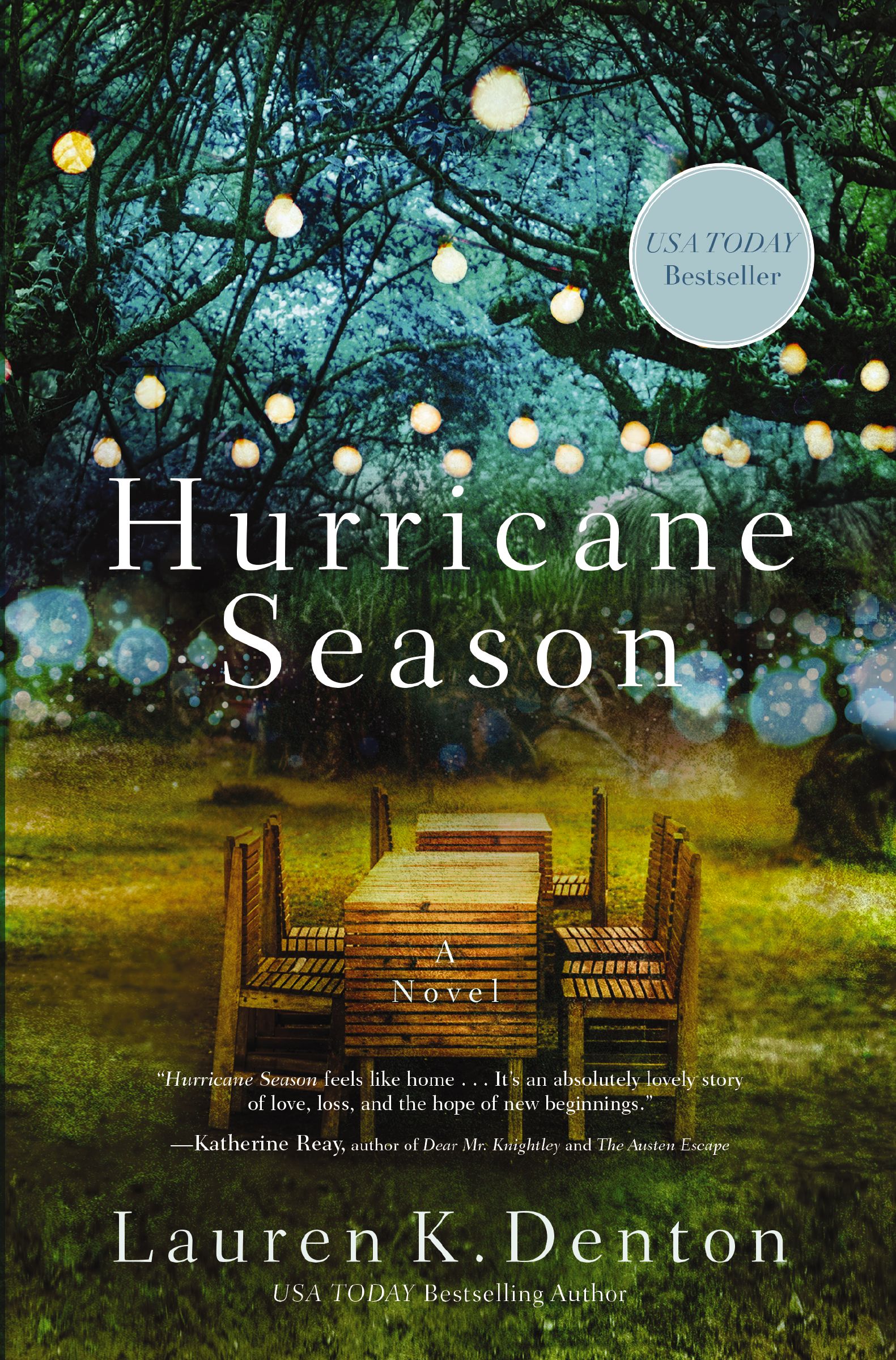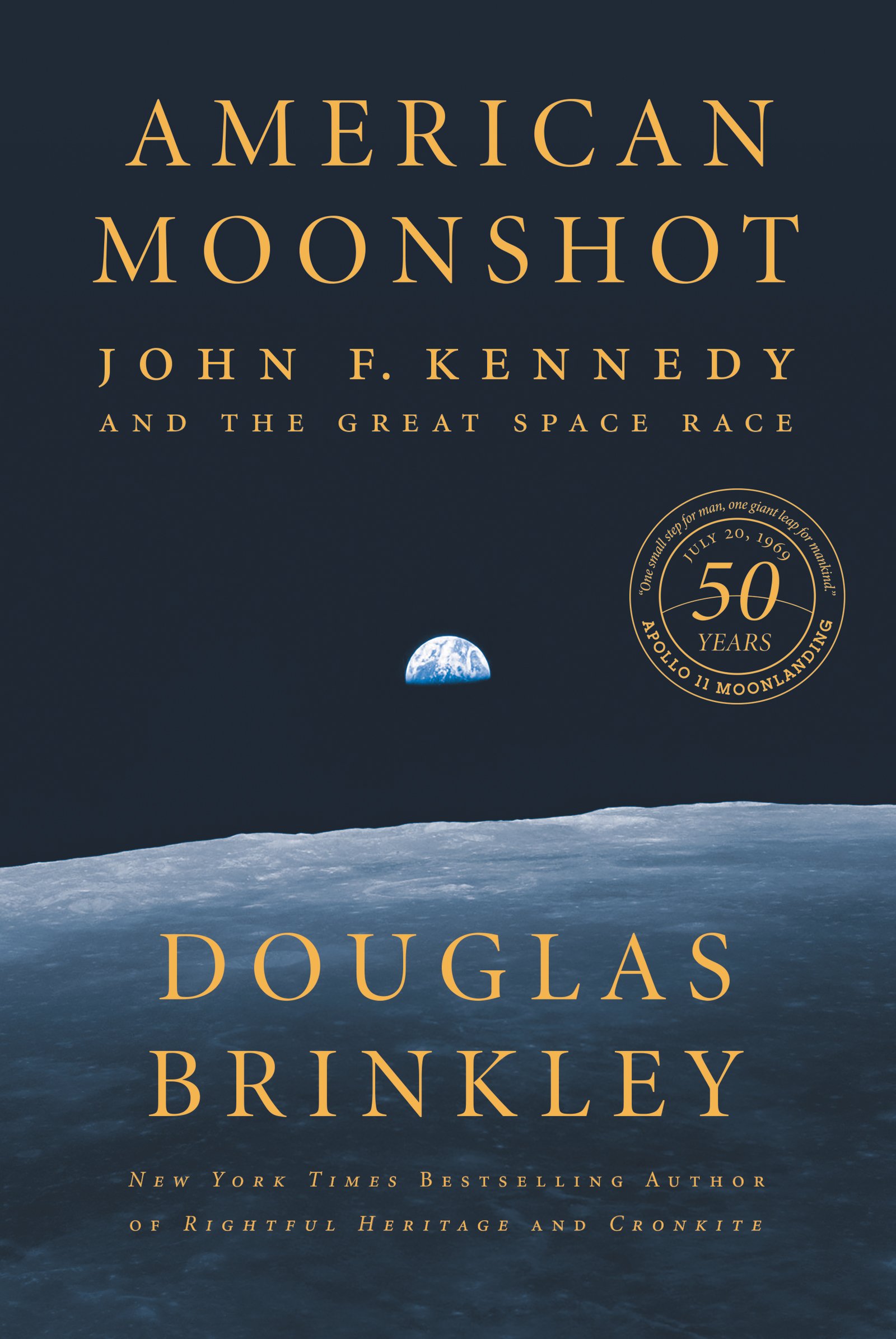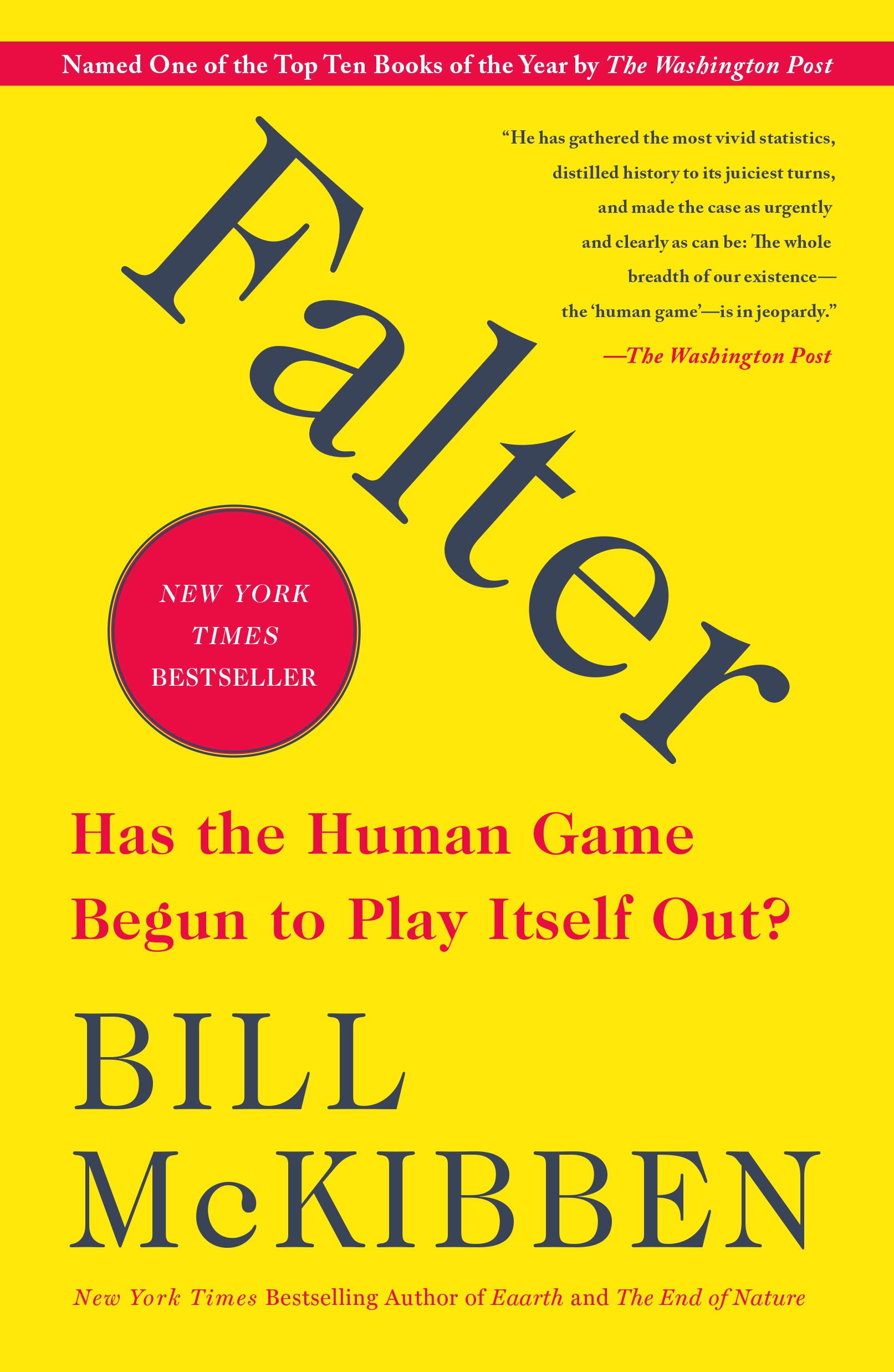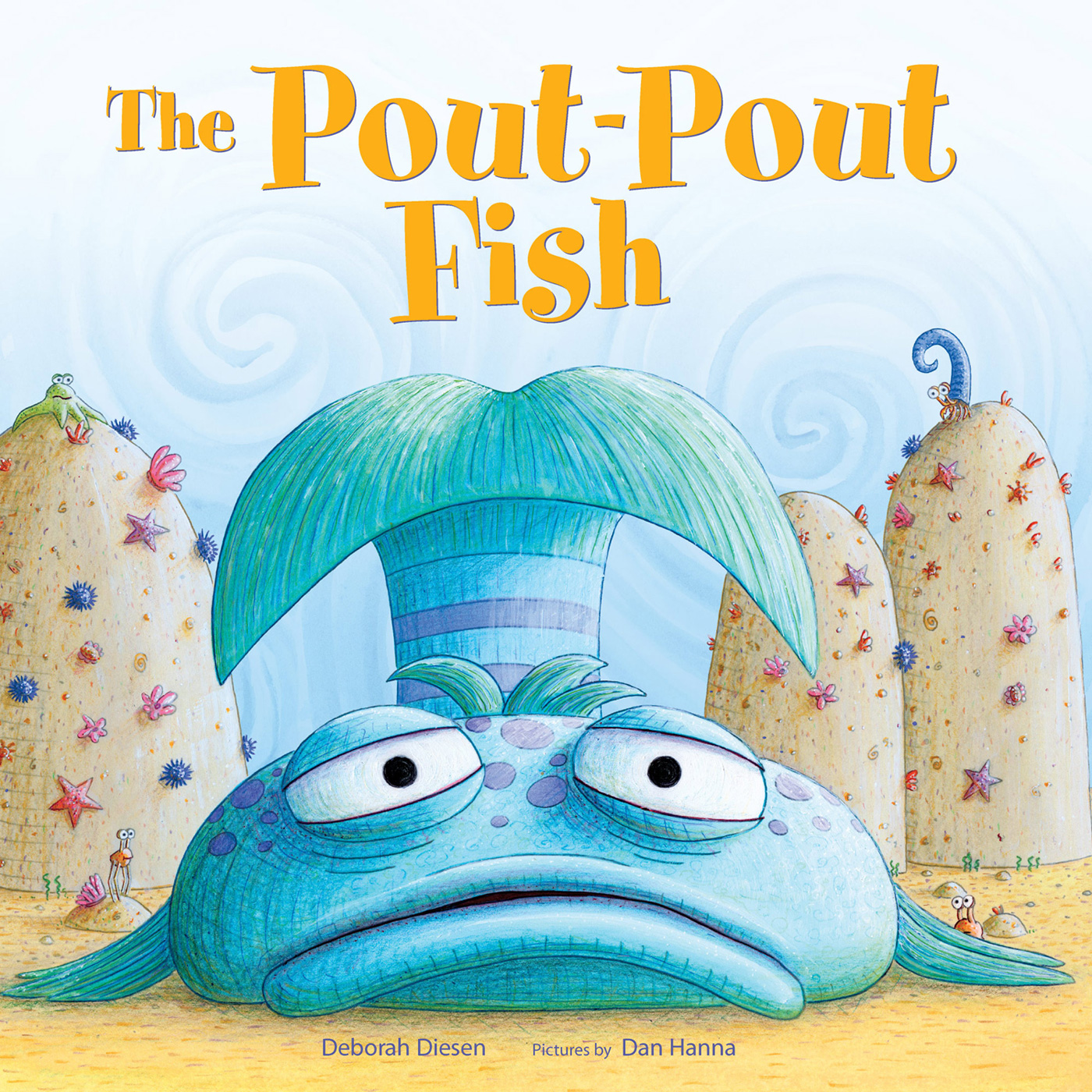Ideas Pertaining to a Pure Phenomenology and to a Phenomenological Philosophy: Second Book Studies in the Phenomenology of Constit
by Edmund Husserl
2020-07-24 10:41:39
Ideas Pertaining to a Pure Phenomenology and to a Phenomenological Philosophy: Second Book Studies in the Phenomenology of Constit
by Edmund Husserl
2020-07-24 10:41:39
Section One The Constitution of Material Nature.- one: The Idea of Nature in General.- SS 1. Preliminary delineation of the concepts of nature and experience..- (Exclusion of meaning predicates).- SS 2. The natural-scientific attitude as a theoretica...
Read more
Section One The Constitution of Material Nature.- one: The Idea of Nature in General.- SS 1. Preliminary delineation of the concepts of nature and experience..- (Exclusion of meaning predicates).- SS 2. The natural-scientific attitude as a theoretical attitude.- SS 3. Analysis of the theoretical attitude, of the theoretical interest.- SS 4. Theoretical acts and "pre-giving" intentional lived experiences.- SS 5. Spontaneity and passivity; actuality and inactuality of consciousness.- SS 6. The distinction between the transition into the theoretical attitude and the transition into reflection.- SS 7. Objectivating and non-Objectivating acts and their correlates.- SS 8. The sense-objects as primal constitutive objects.- SS 9. Categorial and aesthetic ("sensuous") synthesis.- SS 10. Things, spatial phantoms, and the data of sensation.- SS 11. Nature as sphere of mere things.- Two: The Ontic Sense-Strata of the Thing of Intuition as Such.- SS 12. Material and animal nature.- SS 13. The significance of extension for the structure of "things" in general and of material things in particular.- SS 14. The significance of extension for the structure of animalia.- SS 15. The essence of materiality (substance).- a) Phenomenological analysis of the givenness of the thing as a way toward determining the essence, "material thing.".- b) Mobility and alterability as constituents of the material thing; the thing-schema.- c) Exhibition of the materiality of the thing by way of its dependence on circumstances.- d) The schema as real determinateness of the material thing.- e) More precise determination, redetermination, and cancellation of the thing-experience.- SS 16. The constitution of the properties of the thing in multiple relations of dependency.- SS 17. Materiality and substantiality.- Three: The Aestheta in Their Relation to the Aesthetic Body.- SS 18. The subjectively conditioned factors of the constitution of the thing; the constitution of the Objective material thing.- a) The intuitive qualities of the material thing in their dependencies on the experiencing subject-Body.- b) The significance of normal perceptual conditions for the constitution of the intuited thing and the significance of abnormalities.- c) The significance of psychophysical conditionality for the various levels of constitution.- d) The physicalistic thing.- e) Possibility of the constitution of an "Objective nature" on the solipsistic level.- f) Transition from solipsistic to intersubjective experience.- g) More precise characterization of the physicalistic thing.- h) The possibility of the constitution of an "Objective nature" at the level of intersubjective experience.- Section Two The Constitution of Animal Nature.- SS 19. Transition to the consideration of the soul as a natural Object.- SS 20. The sense of the ordinary talk about the "psychic".- SS 21. The concept of "I as man".- One: The Pure Ego.- SS 22. The pure Ego as Ego-pole.- SS 23. The possibility of grasping the pure Ego (the Ego-pole).- SS 24. "Mutability" of the pure Ego.- SS 25. Polarity of acts: Ego and Object.- SS 26. Alert and dull consciousness.- SS 27. "I as man" as part of the content of the environment of the pure Ego.- SS 28. The real Ego constituted as transcendent Object; the pure Ego as given in immanence.- SS 29. Constitution of unities within the sphere of immanence. Persistent opinions as sedimentations in the pure Ego.- Two: Psychic Reality.- SS 30. The real psychic subject.- SS 31. The formal-universal concept of reality.- SS 32. Fundamental differences between material and psychic reality..- SS 33. More precise determination of the concept of reality.- SS 34. Necessity of the distinction between the naturalistic and the personalistic attitudes.- Three: The Constitution of Psychic Reality Through the Body.- SS 35. Transition to the study of the constitution of "man as nature".- SS 36. Constitution of the Body as bearer of localized sensations (sensings).- SS 37. Differences between the visual and tactual realms.- SS 38. The Body as organ of the will and as seat of free movement.- SS 39. Significance of the Body for the constitution of higher Objectivities.- SS 40. More precision concerning the localization of the sensings and concerning the non-thingly properties of the Body.- SS 41. Constitution of the Body as material thing in contrast to other material things.- a) The Body as center of orientation.- b) Peculiarity of the manifolds of appearance of the Body.- c) The Body as integral part of the causal nexus.- SS 42. Character of the Body as constituted solipsistically.- Four: The Constitution of Psychic Reality in Empathy.- SS 43. Givenness of other animalia.- SS 44. Primal presence and appresence.- SS45. Animalia as primally present Corporeal bodies with appresented interiority.- SS 46. Significance of empathy for the constitution of the reality "I as man.".- SS 47. Empathy and the constitution of nature.- Section Three The Constitution of the Spiritual World.- SS 4
Less






























